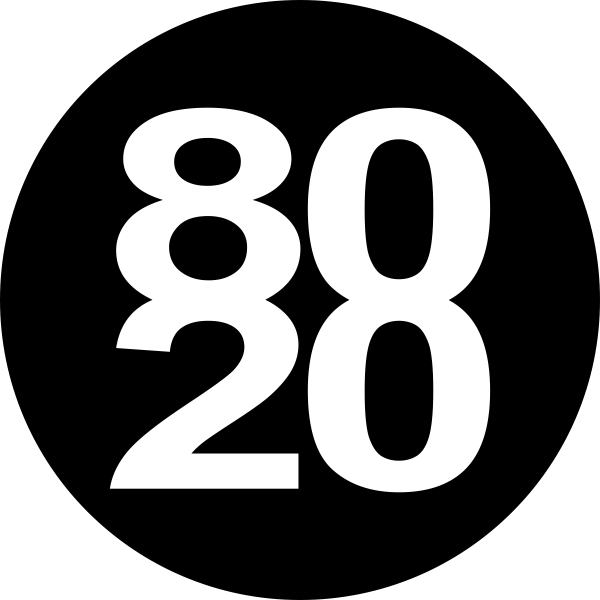80/20 Rule in
Knowledge Management
The 80/20 Rule, also known as the Pareto principle, is a principle that states that approximately 80% of the effects come from 20% of the causes. This principle can be applied in various fields, including knowledge management.
Knowledge management is the process of creating, sharing, using, and managing the knowledge and information of an organization. It involves the collection, organization, and dissemination of knowledge and information, as well as the development of strategies and systems to support the effective management of this knowledge. The goal of knowledge management is to optimize the flow of knowledge within an organization and ensure that employees have access to the information and expertise they need to perform their roles effectively. By managing knowledge effectively, organizations can improve efficiency, increase productivity, and drive innovation.
Here are some examples of how the 80/20 Rule can be applied in knowledge management:
- Prioritizing knowledge: In a knowledge management system, there is usually a vast amount of information and resources available. The 80/20 Rule can be used to identify the most important and valuable 20% of this information and prioritize it. This can help organizations focus on the most valuable and relevant knowledge and ensure that it is easily accessible to employees.
- Identifying knowledge gaps: By analyzing the knowledge and skills of employees, organizations can identify the 20% of knowledge and skills that are most valuable and critical to the organization. This can help organizations identify any knowledge gaps and prioritize training and development efforts to close those gaps.
- Sharing knowledge: The 80/20 Rule can be applied to knowledge sharing by identifying the 20% of knowledge that is most valuable and widely applicable within the organization. By focusing on sharing this knowledge, organizations can ensure that employees have access to the most important and relevant information.
- Managing knowledge: The 80/20 Rule can be used to identify the 20% of knowledge that is most valuable and critical to the organization, and allocate resources accordingly. This can involve prioritizing the development and maintenance of knowledge management systems, as well as investing in training and development to ensure that employees have the necessary knowledge and skills.
- Focusing on high-impact knowledge: By identifying the 20% of knowledge that has the greatest impact on an organization, knowledge managers can focus on developing and sharing this knowledge with employees. This can involve creating targeted training programs, sharing relevant resources and information, and encouraging the sharing of best practices and expertise within the organization.
- Identifying key knowledge holders: The 80/20 Rule can be used to identify the 20% of employees who have the most valuable knowledge and expertise within an organization. By identifying these key knowledge holders, organizations can create a knowledge-sharing culture and ensure that employees have access to the expertise and guidance they need to perform their roles effectively.
- Enhancing collaboration: By identifying the 20% of knowledge that is most valuable and widely applicable within an organization, knowledge managers can encourage collaboration and the sharing of knowledge between employees. This can involve creating a knowledge-sharing platform or community, fostering a culture of open communication and sharing, and promoting the sharing of best practices and expertise.
- Improving decision-making: By identifying the 20% of knowledge that is most valuable and relevant to an organization, knowledge managers can help employees make informed decisions and solve problems more efficiently. This can involve providing access to relevant data and information, encouraging the sharing of best practices and expertise, and training employees in problem-solving and decision-making skills.
Overall, the 80/20 Rule can be a useful tool for organizations looking to optimize their knowledge management efforts and ensure that they are focusing on the most valuable and relevant knowledge. By identifying and prioritizing the most important knowledge, organizations can improve efficiency, increase productivity, and drive innovation.
